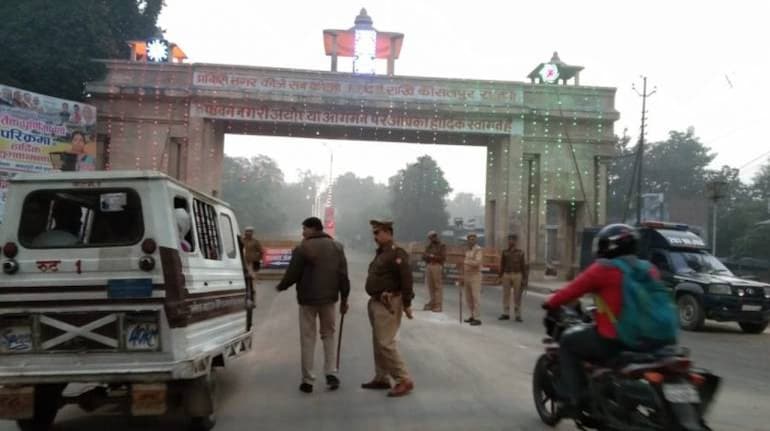



Every now and then, the devout are witness to a contest where stakes are so much higher than mere bragging rights; where both sides in the contest have laid equally strong claims to the title, and revealed their opponents’ weaknesses to an equal extent, leaving the final outcome to be decided by some arbitrary factor that just doesn’t feel representative of the contest.
Such as the number of boundaries scored during the match!
If you thought the cricket world cup final earlier this year -- so closely contested that scores were tied at the end of 50 overs, as well as a super over -- should have been jointly awarded to England and New Zealand, wait till you read the judgment of the Supreme Court in the Babri-Masjid Ram-Janmabhoomi (“Ayodhya”) case.
You’ll find a judgment that frames all the pertinent issues, decides it with utmost equanimity, and then curiously, with specious reasoning that perhaps belies the weight of the dispute as well as the preceding analysis, awards the site to one side.
Let’s start at the very beginning. The court finds that there did exist a shrine (possibly, shivite) dating back to the 7-9th century, and an underlying temple-like structure back to the 12th century, but makes it amply clear that the archaeological report does not have a finding that the structure was a Ram temple, or that the structure was demolished for the purpose of building the mosque (para 509).
But even if there was a temple, the judgment says, legal consequences of actions taken during previous regimes can be enforced by the Supreme Court only if it was recognised by subsequent sovereigns. Since the Mughals did not recognise the Hindus’ right to pray, the chain of continuity was broken, and therefore, could not be enforced today (para 646-9).
So, where does the right of Hindus come from? In 1858, with the annexation of Oudh by the East India Company, all property was confiscated by the British sovereign, but the rulers permitted both communities to continue their practices and pray at the disputed site. This practice, continued by Independent India, continues as a right till today (para 650-1). However, this also does not give the Hindu side a higher right over the Muslims.
The Court also dismisses as fanciful prominent argument by the Hindu side that the deity being a ‘perpetual minor’ can always sue for its rights that lay buried for centuries (para 425); as well as recognise that the Muslims had continued to worship at the disputed site at least till 1949, and that at least since 1856-57, the Hindus were merely permitted to offer prayers from beyond a railing (p.651).
So, on what does the court base its ultimate award of the site to the Hindus? In para P.1 (XVIII)(v) on page 914 of the uploaded judgment, the court finds that the Hindus have established a ‘clear case of possessory title by virtue of long, continued, and unimpeded worship’ at the outer courtyard, whereas it found that both sides have contested the inner courtyard with conflicting claims. On balance, and seeing the entire disputed site as a composite whole, it was awarded to the Hindus.
But, it must be asked, was the defect in the Muslims’ claim that they didn’t cantankerously protest the Hindus’ practice of praying in the outer courtyard for a century? Remember, the right attributed to both parties emanated from the British permitting them to pray in their respective portions. While the court states that neither archaeology nor faith can be the basis for deciding title in a civil suit, how does the mere fact that one side asserted the right to pray in the other’s territory, or ‘believed’ that the other’s territory was the birth place of Ram, confer title?
In the judgment, the court dwells at length on the principle of equity, justice and good conscience, which is often used to mould reliefs outside of the restrictive boundaries of the law. This was a case where that principle could have been imported, given that at least some Muslim sides had offered to give up claim to the site in exchange for assurances. However, the court explicitly states that it is not judging on the basis of equity.
It is perhaps uncharitable to say so, but if the court was to design an administratively expedient solution to the centuries old dispute, then the final award it made would have to be that best solution. But after over 900 pages of sound judicial analysis, it owed it to its own majestic reputation a judgment that would stand the test of logical scrutiny.
Abraham C Mathews is a Supreme Court advocate, and a chartered accountant. He tweets at @ebbruz. Views are personal.
Discover the latest Business News, Sensex, and Nifty updates. Obtain Personal Finance insights, tax queries, and expert opinions on Moneycontrol or download the Moneycontrol App to stay updated!
Find the best of Al News in one place, specially curated for you every weekend.
Stay on top of the latest tech trends and biggest startup news.